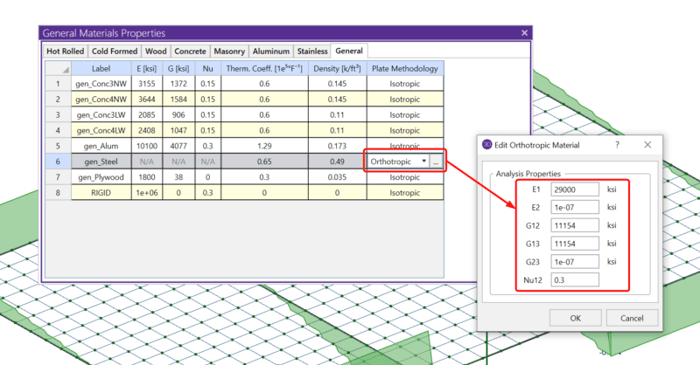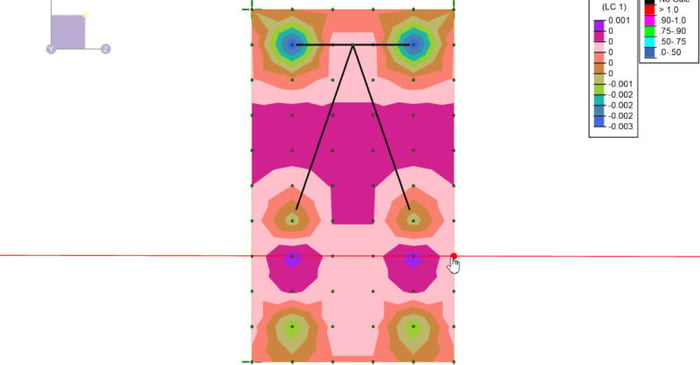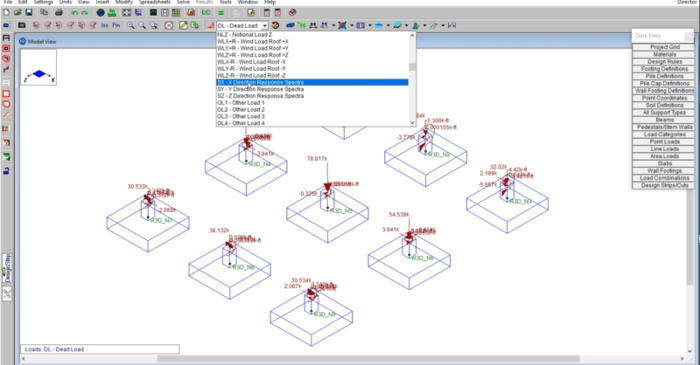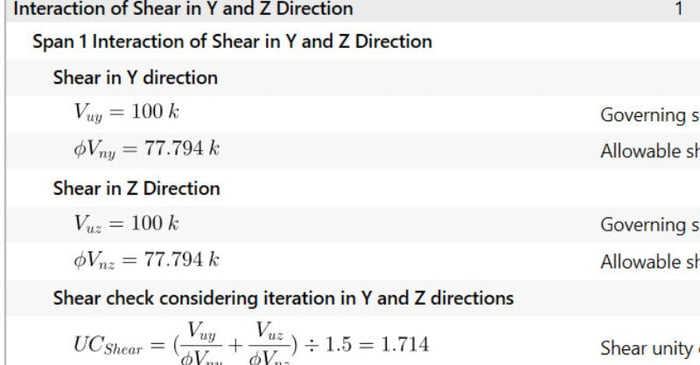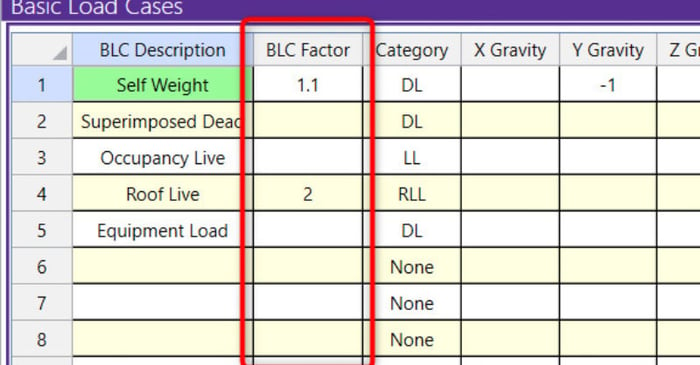
October 30, 2020
Scaling Factor for Basic Load Cases
The ability to apply a scaling factor to an entire Basic Load Case in the Basic Load Case spreadsheet is now available in RISA-3D v19. These scaling factors give the user the flexibility and freedom to modify and manipulate the loading conditions in the model.




